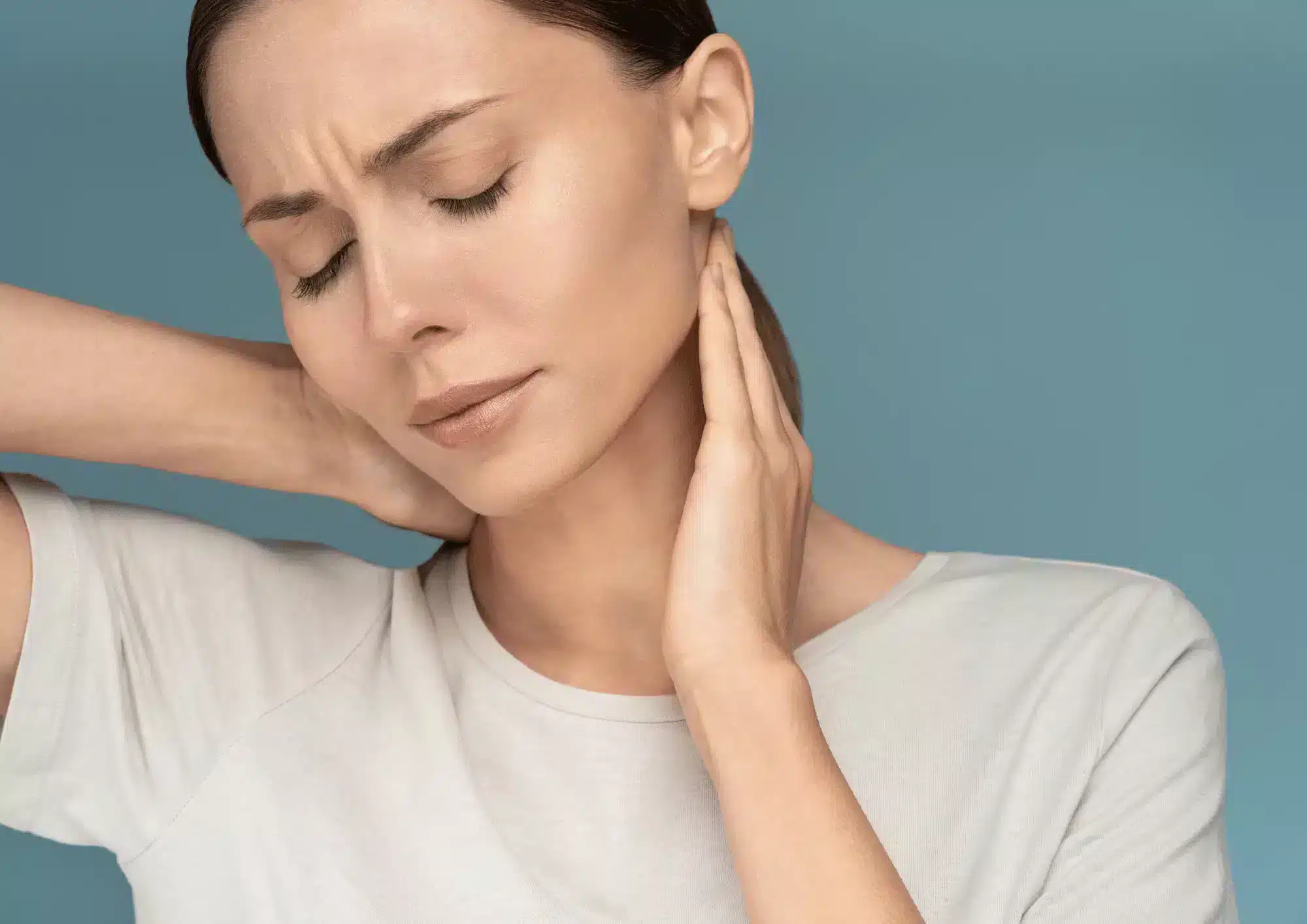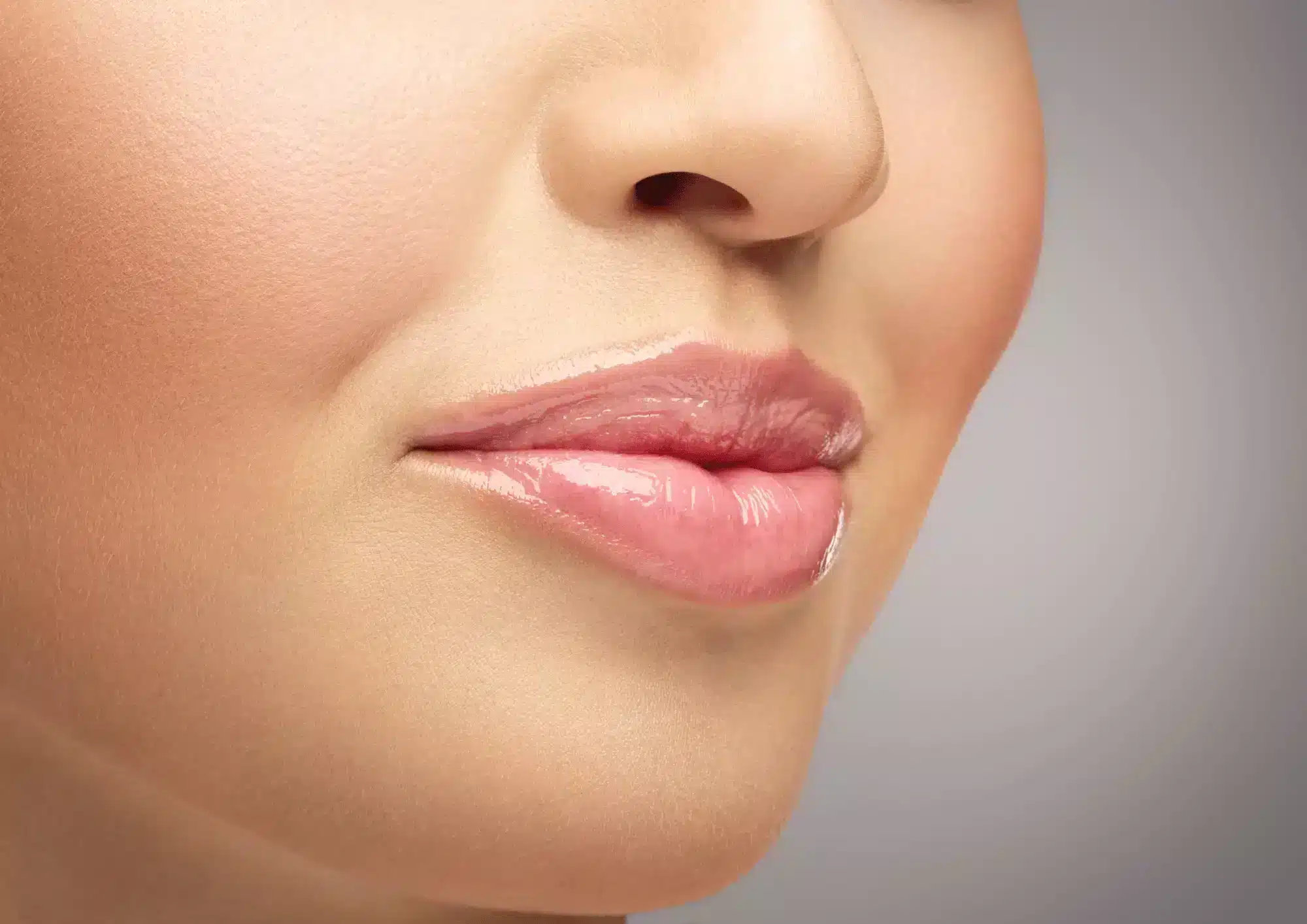Cervical dystonia (CD) is categorized based on the direction the head tilts. If the head is tilted to the side, it is called laterocollis. Retrocollis is when the head tilts back, and antecollis is when the head tilts forward. Cervical dystonia is also known as spasmodic torticollis or adult-onset focal dystonia.
What causes CD?
The cause of cervical dystonia is unknown; however, it can sometimes be caused by other conditions. Although no definite cause has been found, up to 20% of cervical dystonia cases have a genetic component.
There are other factors that may lead to cervical dystonia as well. Prolonged use of anti-psychotics or medications that block dopamine receptors may cause cervical dystonia. Toxins and degenerative brain diseases are other possible causes. Some experts suggest that neck trauma may be a cause of cervical dystonia, but this information is unverified.
Risk Factors
• Age: This neurological ailment is extremely rare in infants, children, and young adults. It is mostly observed in adults over the age of 30. If it appears in children, it is important to test for other neurodegenerative illnesses that may have the same symptoms.
• Gender: Women tend to be more susceptible to cervical dystonia than men of the same age.
• Family history: People with a family history of cervical dystonia are at a higher risk of suffering from the condition.
Symptoms
Cervical dystonia is characterized by painful involuntary contractions of the neck muscles. Sustained contractions can cause abnormal positioning of the head and neck. Periodic contractions may produce rapid, sudden head movements. Cervical dystonia can be mild or severe.
Symptoms usually spread to other parts of the body, such as the shoulders.
Adults between the ages of 30 and 50 are most at risk of developing cervical dystonia, but the condition can appear in people of any age.
Types
There are 2 main categories of cervical dystonia.
Primary
Primary cervical dystonia is relatively rare, and it has no known causes. It originates from the part of the brain responsible for reflex action, and it is sometimes referred to as isolated cervical dystonia. Experts believe that it may have genetic roots. Mutations in some genes may also cause the disorder.
Secondary
Secondary cervical dystonia may be caused by non-genetic factors, such as the prolonged use of certain drugs. With secondary cervical dystonia, it is vital test for other ailments that may have similar symptoms.
For more information on products to treat Cervical Dystonia and other product categories including cosmetic fillers like Belotero, visit MedicaDepot.com.
Read article about Botox For Cervical Dystonia:
https://www.medicadepot.com/blog/can-botox-really-treat-cervical-dystonia.html








